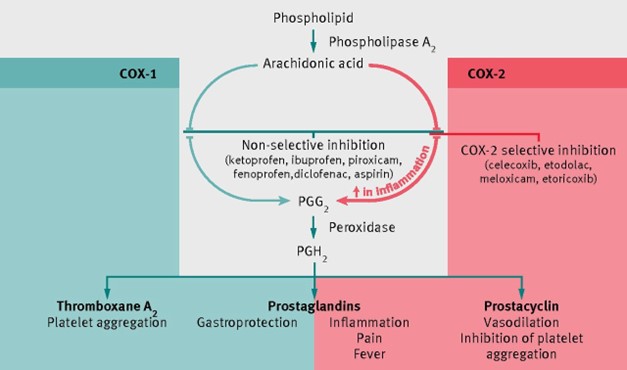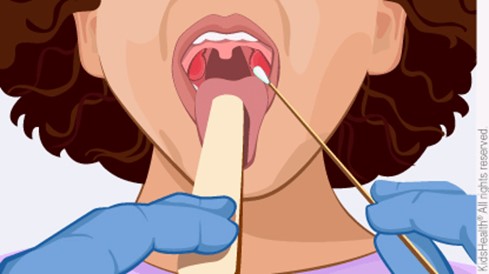A health care provider prescribes guaifenesin with dextromethorphan 1 tablespoon every 6 hours for a client who has a nonproductive cough.
How many milliliters should a nurse administer for each dose?
10 mL.
5 mL.
15 ml.
30 ml.
The Correct Answer is D
This is because the prescribed dose is 1 tablespoon, which is equivalent to 15 ml. Therefore, to get the amount of milliliters for each dose, you need to multiply 15 ml by 2, which gives you 30 ml.
Choice A is wrong because 10 ml is less than 1 tablespoon.
Choice B is wrong because 5 ml is equal to 1 teaspoon, which is one-third of a tablespoon.
Choice C is wrong because 15 ml is equal to 1 tablespoon, which is half of the prescribed dose.
Nursing Test Bank
Naxlex Comprehensive Predictor Exams
Related Questions
Correct Answer is B
Explanation
This is because non-steroidal anti-inflammatory drugs (NSAIDs) are medicines that are used to treat rheumatoid arthritis by reducing pain, inflammation, and swelling.

However, NSAIDs do not slow down the disease progression or prevent joint
damage. Therefore, they are often used along with other types of medications, such as methotrexate or biologics, that can modify the disease course. NSAIDs may take up to two weeks to reach their full anti-inflammatory effect.
Choice A is wrong because using aspirin to relieve other types of pain can increase the risk of bleeding and stomach ulcers when taken with NSAIDs.
Choice C is wrong because taking the medication on an empty stomach can increase the risk of stomach irritation and ulcers.
Choice D is wrong because taking the medication after exercising does not prevent the progression of disease or joint damage.
Correct Answer is A
Explanation
This is the proper way to obtain a throat culture, which is a test to look for infections in the back of the throat.

Some possible explanations for the other choices are:
Choice B is wrong because there is no need to avoid eating or drinking after a throat culture.
The swab does not interfere with the normal function of the mouth or throat.
Choice C is wrong because coughing while swabbing the throat could contaminate the sample or cause discomfort to the client. The swab should be gently passed along the back area of the throat and tonsils.
Choice D is wrong because swabbing only the anterior tongue would not collect enough cells from the infected area. The swab should reach the back of the throat where bacteria or fungi may grow.
Whether you are a student looking to ace your exams or a practicing nurse seeking to enhance your expertise , our nursing education contents will empower you with the confidence and competence to make a difference in the lives of patients and become a respected leader in the healthcare field.
Visit Naxlex, invest in your future and unlock endless possibilities with our unparalleled nursing education contents today
Report Wrong Answer on the Current Question
Do you disagree with the answer? If yes, what is your expected answer? Explain.
Kindly be descriptive with the issue you are facing.
